For the uninitiated, ImagineNATIVE is a yearly film festival showcasing Indigenous filmmaking. The festival has launched a virtual reality media series that speculates about the future of Indigenous people 150 years into the future rather than the past that range from utopian to dystopian (Johnson, 2017). Points of view are presented in a sort of ‘Oral Storytelling 2.0’ format, continuing the long-held tradition of oral storytelling with a technological ‘upgrade’ that illuminates the full spectrum of aspirations, fears, and general speculations of Indigenous community members and their futures.
Beyond entertainment, VR is increasingly being leveraged as an educational tool. Although some might not immediately discern a connection between Indigenous histories/stories and VR, it is a powerful method that can be incorporated into the classroom (Johnson, 2017). The incorporation of VR in classrooms is still not mainstream, but the more it is leveraged in events and festivals and the educational value is highlighted, perhaps those opportunities will emerge in the coming years. Indigenous and non-Indigenous students alike would benefit immensely from such incorporation, including enhanced digital literacy, (inter)active learning, and deepening of historical knowledge. It would also provide an excellent foundation for imagination and exploration, which I would argue should be expanded in K-12 nationwide.
References
Johnson, R. (2017, October 20). ImagineNATIVE VR imagines Indigenous lives in 150 years. CBC. https://www.cbc.ca/news/indigenous/imaginenative-virtual-reality-1.4365311


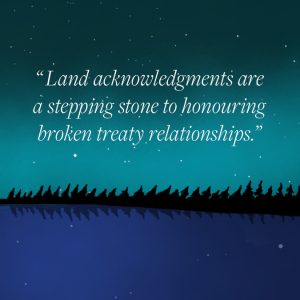
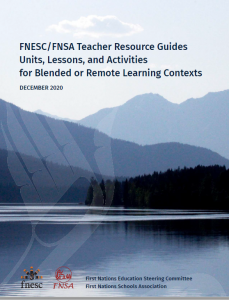
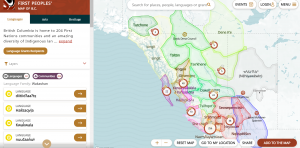
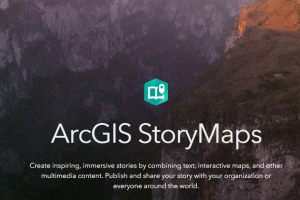

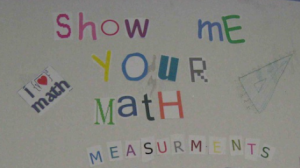 While this website contains samples of student SMYM projects, it also includes resources for doing culturally-based inquiry projects, research relating to decolonizing mathematics education for Indigenous students, and information about a related Math Outreach program. All of this work is dedicated to transforming the experiences of Indigenous children and youth in learning mathematics and to increase both student achievement and student affinity for mathematics.
While this website contains samples of student SMYM projects, it also includes resources for doing culturally-based inquiry projects, research relating to decolonizing mathematics education for Indigenous students, and information about a related Math Outreach program. All of this work is dedicated to transforming the experiences of Indigenous children and youth in learning mathematics and to increase both student achievement and student affinity for mathematics.